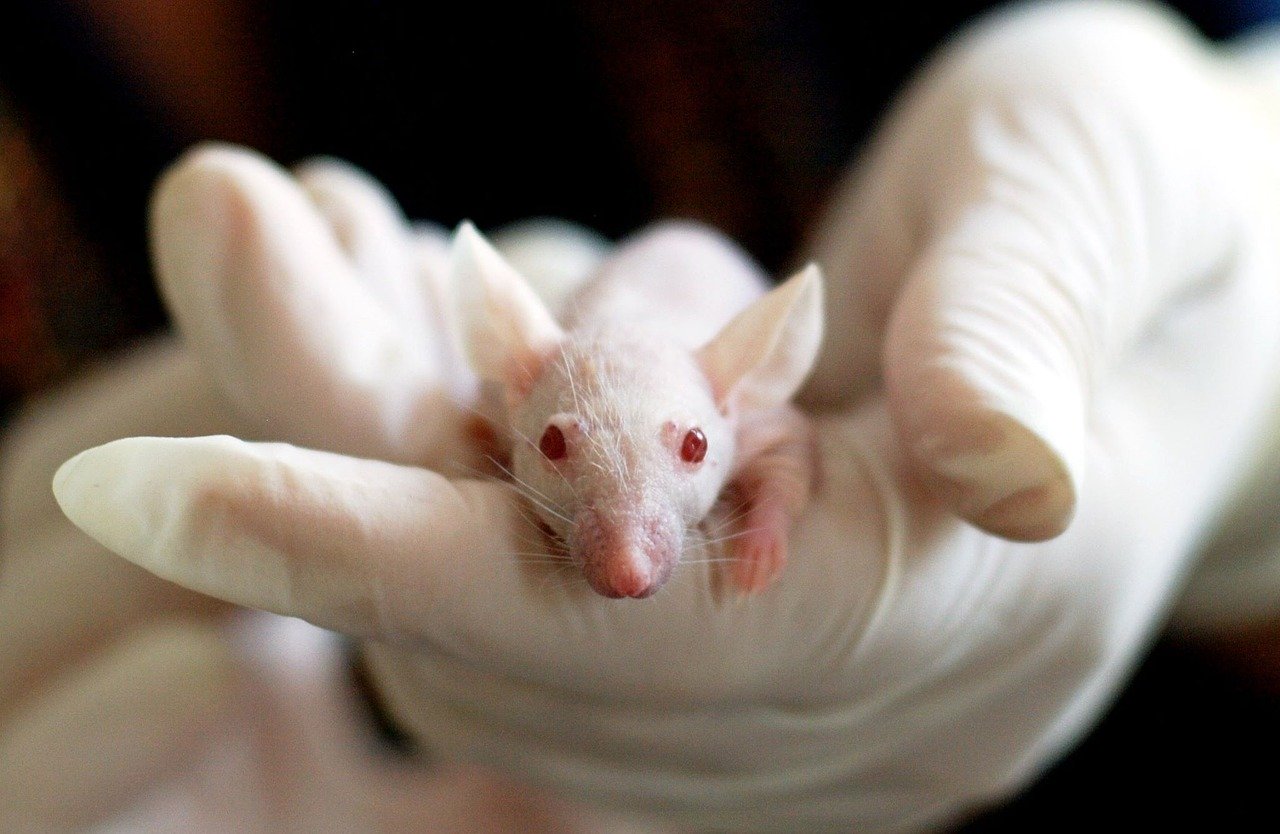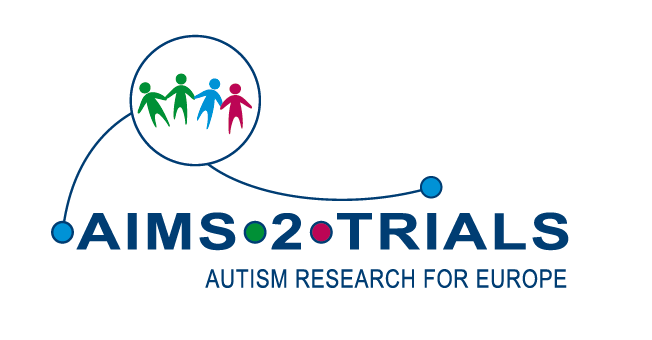Repetitive behaviour & inflexibility

Exploring the biology of repetitive behaviour and inflexible thinking
It is thought that the inflexible thinking styles and repetitive behaviours shown by some autistic people may have their biological basis in the balance of brain chemicals that affect whether cells are excited or not. This is called the excitation/inhibition balance, and research has found that autistic people have a different excitation/inhibition balance than non-autistic people. However, there have been conflicting results, partly because this is difficult to study – it is a complex system that is influenced by many different factors. Additionally, we are not able to scan human brains clearly enough to identify single cells or small groups of them.
How mice can help
This is where mouse models can be helpful. There are techniques that allow scientists to monitor a mouse’s brain activity to determine which circuits (think of these as wires) are active as the mouse performs tasks such as navigating a maze. Like humans, mice that have certain genes linked to autism have been shown to have imbalances in brain cell excitation and inhibition – and they also show patterns of repetitive and rigid behaviours and cognition (which includes learning, memory and attention). Previous studies have shown that treating the excitation-inhibition balance in these mice can reduce both their repetitive behaviours and rigid patterns of cognition.
Within AIMS-2-TRIALS, researchers will compare mice with and without genes linked to autism, such as Tsc2 (linked to tuberous sclerosis) and Cntnap2. In one study, mice will be taught to press a button only when they feel a coarse texture, or see a particular image, being rewarded with food when they press the button correctly. The rules will then be switched, so that pressing the button in response to a different texture or image earns the reward. This is a test of how quickly the mice can learn and how flexible their cognition is. There are other established measures that can explore behaviours such as repetitive grooming, play or movement around the cage, and ability to learn a maze. During all of these tasks, researchers can study electrical activity across the whole brain as well as in specific areas or individual cells.
Including genetic techniques
Researchers will also use techniques that turn genes on and off, to explore the role of those genes in different aspects of cognition. Our genes are constantly being turned on and off in response to all sorts of activity within the brain and body. This can’t be manipulated directly in humans, but it can in mice. For example, a gene that is thought to play a role in learning can be turned off, either throughout the whole brain or in one specific area of the brain, and its effect on learning can then be directly tested.
These methods can be used in conjunction with techniques that allow researchers to control specific cells in the brain, called neurons. For example, using these models – called optogenetics – researchers engineer the cells they want to study in mice to ensure that they are only turned on in response to light. They then shine light onto the cells and study how this affects the behaviour of the mice. This helps us understand the role of those cells, in this case which ones are significant in autism. However, it is important to remember that this would then need to be explored – using other methods – to see how directly it translates to people.
Principal Investigators
Martien Kas, University of Groningen
Oscar Marin, King’s College London
Beatriz Rico, King’s College London
Tobias Boeckers, Universität Ulm
Why use animals in our research?
The global consensus among scientists is that some research using animals is vital for progress in biology and healthcare. This is because it is not always possible to model the complexity of a living body in other ways. Research that uses animals gives unique insights into the living body as a whole. It also allows scientists to control factors that affect the experiment and that cannot be controlled precisely in human volunteers.
Only used where unavoidable
We use animals only when it is considered unavoidable because no other research technique can answer the scientific question. However, we adhere to the principles of the 3 Rs: to replace, refine and reduce the use of animals.
High standards of animal welfare
High standards of welfare are central to all of our animal research. Our studies are regulated strictly by laws and regulations across Europe and within each country where the research takes place. We are committed to communicating clearly and openly about all of our research.
Why are mice relevant to autism?
It may sound strange, but mice with mutations in certain genes related to autism typically show repetitive patterns of movement and reduced interest in other mice. They also display a cognitive style that focuses on details and favours routine. Because the mice have both genetic mutations linked with autism and display behaviours that are in some ways similar to those of some autistic people, they are referred to as ‘mouse models of autism’. Studying them can help researchers learn more about the biology of autism, including identifying biological markers to indicate which brain cells or circuits are important for particular behaviours and thinking styles.








